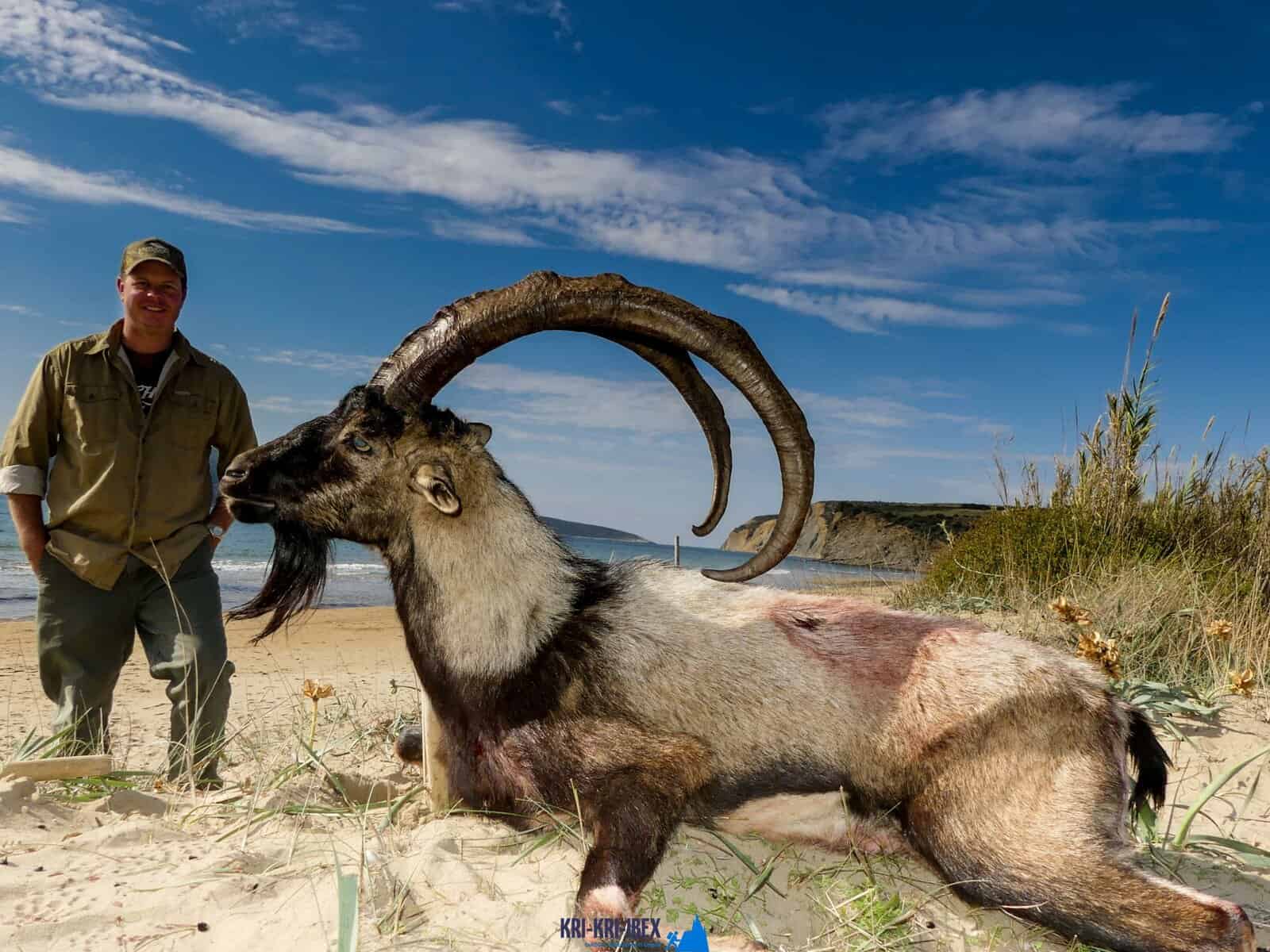Ibex Hunting and also Free Diving on a Beautiful Greek Island. Come for the Hunt, Stay for the Experience!
Ibex Hunting and also Free Diving on a Beautiful Greek Island. Come for the Hunt, Stay for the Experience!
Blog Article

To lots of people, The Peloponnese peninsula on the Greek Mainland is the 'real' Greece, where things have actually not transformed a lot whatsoever over the centuries despite the fact that many individuals have uncovered it. This is a location where you might easily spend a month or even more however if you are short in a timely manner then our hunting and touring Peloponnese Tours from Methoni is a wonderful solution. The Peloponnese peninsula has something for everybody with its several activities as well as tourist attractions.

Because the ibex populace is ever-changing, the number of tags varies as well. The Kri-Kri, in spite of being the smallest ibex in terms of body weight (Capra Aegagrus Cretica), has long. A couple of specimens that were not counted measured 115 centimeters. The gold prize is 61 centimeter (24 inches) in size. Hunting of Kri-Kri ibexes, is currently permitted on Atalanti and also Sapientza in Greece (Capra Aegagrus Cretica). Beginning on Atalanti in the last week of October and also the first week of December, ibex hunting is permitted. Hunting is enabled the entire month of November in Sapientza, as long as the climate is favorable.
What to Expect on a Peloponnese Tour? You can expect to be blown away by the natural charm of the location when you schedule one of our searching and visiting Peloponnese Tours from Methoni. From the pristine beaches to the forests and hills, there is something for everyone to appreciate in the Peloponnese. Additionally, you will certainly have the opportunity to taste a few of the very best food that Greece has to use. Greek food is renowned for being fresh and also delicious, as well as you will absolutely not be disappointed. Among the best parts regarding our trips is that they are developed to be both fun as well as educational. You will find out about Greek history and culture while also getting to experience it firsthand. This is an amazing opportunity to submerse on your own in everything that Greece has to supply.
Look no even more than the Sapientza island in Greece if you are looking for Kri Kri ibex hunt and remarkable holiday destination. With its sensational natural appeal, tasty food, as well as rich society, you will certainly not be let down. Reserve one of our hunting and touring Peloponnese Tours from Methoni today, dot forget your prize Kri Kri ibex!
What is the diference between Kri Kri ibex, Bezoar ibex and hybrid ibex
The kri-kri is not thought to be indigenous to Crete, most likely having been imported to the island during the time of the Minoan civilization. Nevertheless, it is found nowhere else and is therefore endemic to Crete. It was common throughout the Aegean but the peaks of the 8,000 ft (2,400 m) White Mountains of Western Crete are their last strongholds–particularly a series of almost vertical 3,000 ft (900 m) cliffs called ‘the Untrodden’—at the head of the Samaria Gorge. This mountain range, which hosts another 14 endemic animal species, is protected as a UNESCO Biosphere Reserve. In total, their range extends to the White Mountains, the Samaria National Forest and the islets of Dia, Thodorou, and Agii Pandes.
This Ibex is NOT a diminutive form of the Bezoar Ibex, which has migrated into the western-most reach of the range of this species. The kri – kri (Capra aegagrus cretica), sometimes called the Cretan goat, Agrimi, or Cretan Ibex, is a feral goat inhabiting the Eastern Mediterranean, previously considered a subspecies of wild goat. The kri-kri has a light brownish coat with a darker band around its neck. It has two horns that sweep back from the head. In the wild they are shy and avoid tourists, resting during the day. The animal can leap some distance or climb seemingly sheer cliffs.
“The agrimi goat Capra aegagrus cretica is unique to Crete and its offshore islands. It has been identi®ed as a sub-species of the wild bezoar goat Capra aegagrus aegagrus Erxleben, 1777, which it closely resembles in horn shape, body form and coloration. This classi®cation has been disputed by some researchers who claim that the agrimi are feral goats, derived from early domestic stock brought to the island by the ®rst Neolithic settlers. In order to clarify this issue, DNA analyses (cytochrome b and D loop sequences) were carried out on tissue of live and skeletonized agrimi and compared to sequences of wild and domestic caprines. Results conclusively show the agrimi to be a feral animal, that clades with domestic goats (Capra hircus) rather than with wild Asiatic bezoar. This study demonstrates that morphometric criteria do not necessarily re¯ect genetic af®nities, and that the taxonomic classi®cation of agrimi should be revised.”
Report this page